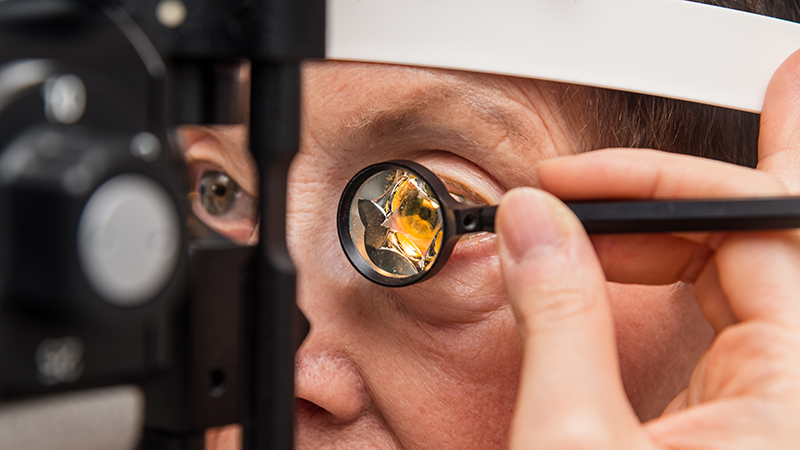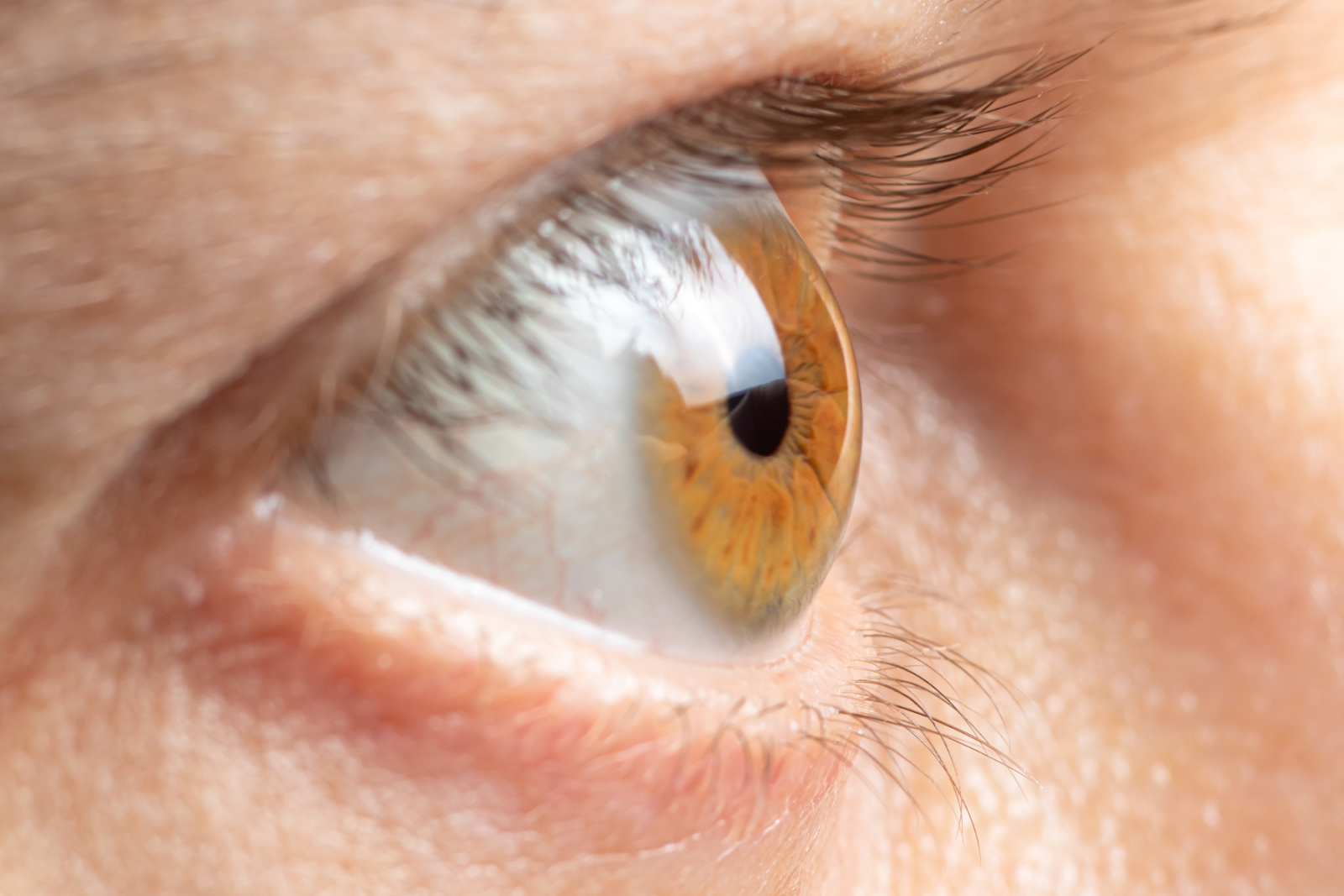Glaucoma: The Silent Thief of Sight – Recognise, Prevent, and Treat
GLAUCOMA is a prevalent eye disease that has impacted millions of people around the world[1]. It is on of the leading causes of blindness and visual impairment and can have a significant impact on a person’s quality of life[2]. In this article, we will explore what glaucoma is, its causes, early warning signs, diagnosis, treatment, and why its called the sneak thief of sight.
What is Glaucoma?
Glaucoma is a disease that affects the optic nerve in the eye, causing damage and loss of vision over time. The optic nerve is responsible for transmitting visual information from the eye to the brain, and any damage to it can lead to vision loss or blindness[3]. Glaucoma is often associated with increased pressure inside the eye, called intraocular pressure (IOP), which can damage the optic nerve[4]. However, there are some forms of glaucoma where the pressure inside the eye is not increased, such as normal-tension glaucoma.
Glaucoma can be classified into two primary categories: Open-angle and Angle-closure.
- Open-angle Glaucoma is the most common type and occurs gradually over time, often without any symptoms, until vision loss has occurred.
- Angle-closure Glaucoma, on the other hand, occurs suddenly and is considered an emergency. It is caused by a sudden blockage of the drainage angle in the eye, which can lead to a rapid increase in IOP and severe pain.
What is the Main Cause of Glaucoma?
The exact reason behind glaucoma is not comprehensively known. However, increased intraocular pressure (IOP) is a significant risk factor for developing the disease. This occurs when the fluid inside the eye, called aqueous humor, is not able to drain properly, causing a build-up of pressure that can damage the optic nerve.
Other risk factors for developing glaucoma include age, family history of the disease. Certain medical conditions such as diabetes and high blood pressure, and certain medications such as steroids.

Can Glaucoma be Cured?
Unfortunately, there is currently no cure for glaucoma. However, with early detection and treatment, the progression of the disease can be slowed down or even halted, preventing further vision loss. Treatment options for glaucoma include eye drops or eye surgery. Eye drops are often the first line of treatment and work to lower IOP. Laser surgery can also be effective in lowering IOP by improving the drainage of fluid from the eye. Traditional surgery is usually reserved for more severe cases of glaucoma that do not respond to other forms of treatment.
What are the Early Warning Signs of Glaucoma?
One of the most challenging aspects of glaucoma is that it often has no early warning signs. The disease can progress slowly over time, and people may not realize they have it until they begin to experience vision loss. Hence why its called the sneak theif of sight.
However, some early warning signs may include:
- Blurred or hazy vision
- Difficulty adjusting to low light levels
- Loss of peripheral vision
- Halos around lights
- Redness in the eye
- Eye pain
- Bumping into things or being considered “clumsy”
If you experience any of these symptoms, it is essential to speak with an eye care professional.
Diagnosis of Glaucoma
Diagnosis of glaucoma typically involves a comprehensive eye exam that includes measuring IOP, examining the optic nerve for signs of damage, and visual field testing to evaluate peripheral vision. It is recommended that adults over the age of 40 receive a comprehensive eye exam every one to two years, even if they do not have any symptoms.
Early detection is critical in preventing vision loss and blindness associated with glaucoma. That is why regular eye exams are essential.

Treatment and Management of Glaucoma
Treatment for glaucoma aims to lower IOP and prevent further damage to the optic nerve. Eye drops are often the first line of treatment and work to lower IOP by either reducing the production of fluid in the eye or improving its drainage from the eye.
If eye drops are not effective in lowering IOP, other treatment options may be considered, such as Peripheral laser iridotomy, trabeculectomy, or stents.
It is important to note that while treatment can slow down the progression of Glaucoma, it cannot reverse the damage that has already occurred. That is why early detection and treatment are crucial in preventing further vision loss.
Prevention of Glaucoma
While there is no guaranteed way to prevent glaucoma, there are some steps you can take to reduce your risk of developing the disease. These include:
- Regular eye exams: As mentioned earlier, regular comprehensive eye exams are essential in detecting glaucoma early.
- Exercise: Studies have shown that regular exercise can help lower IOP and reduce the risk of developing glaucoma.
- Maintain a healthy weight: Being overweight or obese can increase the risk of developing glaucoma.
- Manage medical conditions: Conditions such as diabetes and high blood pressure can increase the risk of developing glaucoma. Proper management of these conditions can help lower the probability.
- Quit smoking: Smoking has been linked to an increased risk of developing glaucoma.
In conclusion, glaucoma is a common eye disease that can lead to vision loss and blindness if left untreated. While there is currently no cure for glaucoma, early detection and treatment can slow down the progression of the disease and prevent further vision loss. It is essential to have regular comprehensive eye exams as this sneak thief of sight usually does not come with any warning signs.
Remember, early detection and treatment can make all the difference in preserving your vision.
If you have symptoms of glaucoma, make an appointment with an eye doctor to protect your vision. You can book a bulk billed eye test with our optometrist online or call us at 03 9702 9118.